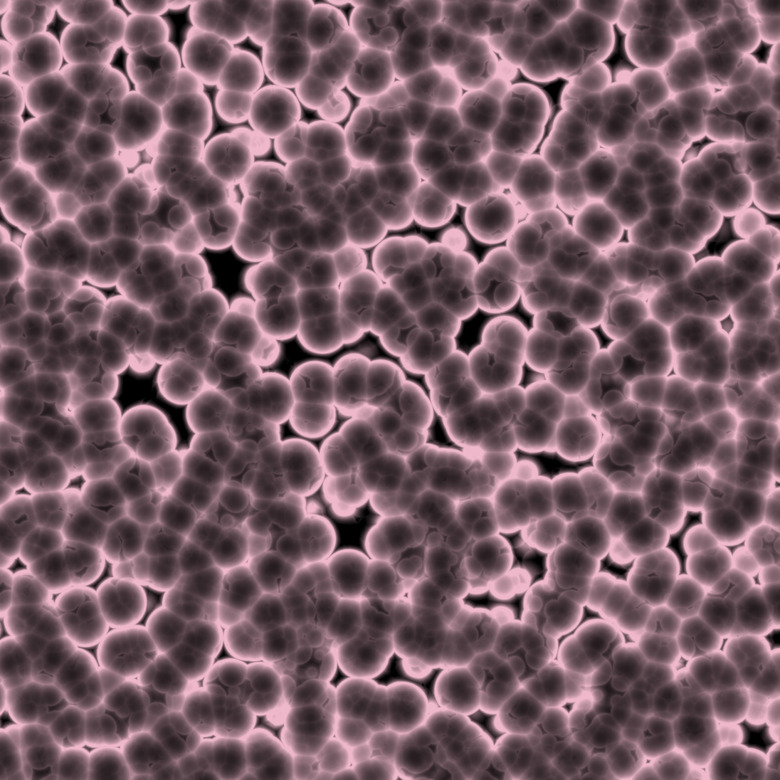What Are The Benefits Of Parthenogenesis?
When organisms reproduce sexually, they produce offspring with traits that differ through generations. These differences are thought to increase the chance that a species can survive over time in a changing environment. Yet other forms of reproduction also offer benefits against environmental threats. Parthenogenesis — in which an unfertilized egg from one female parent develops into an individual — allows certain insects, lizards, fish, and even plants to reproduce asexually and thrive despite challenges.
Saves Time and Energy
Saves Time and Energy
A female that reproduces using parthenogenesis has no need for a male; her eggs develop into clones. This means that instead of searching for a mate or engaging in courtship displays, a parthenogenetic female can spend more time and energy seeking food and shelter while such resources are plentiful. Aphids, for example, switch to parthenogenesis in summer, when days are longer and there are plenty of green leaves to eat.
Increases Population Size
Increases Population Size
Without the need for males, parthenogens can reproduce faster than species that reproduce sexually. In fact, a group of parthenogenetic females can produce a certain number of offspring with only half as many parents as a similarly sized group of sexually reproducing animals. In other words, as the University of Georgia's Jeroen Gerritsen suggests in an article published in "The American Naturalist," "an asexual clone [can] grow twice as fast as a sexual population."
Helps Favorable Genes
Helps Favorable Genes
Yet size alone does not make a population successful. Sexual reproduction encourages variety and maintains traits that might prove useful against future threats. Because a parthenogen's offspring are clones, they carry all the mother's genes. If an animal has found a comfortable habitat, parthenogenesis will ensure that the genes that make it so successful in that environment continue in later generations.
Favors population expansion
Favors population expansion
Parthenogenesis also can be useful outside a stable environment. While studying parthenogenetic Pacific Northwest hawthorn trees, E.Y.Y. Lo and colleagues from the University of Toronto noticed that the cells of embryos not produced by fertilization through pollination actually contained more DNA than those from related sexually reproducing trees. Their research led them to suggest that the need to support more genetic material may help these trees store more nutrients and grow more rapidly, letting them colonize a wider range of habitats.
Promotes Medical Research
Promotes Medical Research
Parthenogenesis is most often discussed as a phenomenon that helps species survive in the natural world. However, the world of medicine has also taken note of parthenogenesis. Throughout the past decade, researchers have been examining ways to encourage human eggs to begin development without being fertilized, the goal being to produce stem cells for genetic research. If they prove successful, parthenogenesis may even help human beings thrive.
Cite This Article
MLA
Johnson, Sheila. "What Are The Benefits Of Parthenogenesis?" sciencing.com, https://www.sciencing.com/benefits-parthenogenesis-13770/. 24 April 2017.
APA
Johnson, Sheila. (2017, April 24). What Are The Benefits Of Parthenogenesis?. sciencing.com. Retrieved from https://www.sciencing.com/benefits-parthenogenesis-13770/
Chicago
Johnson, Sheila. What Are The Benefits Of Parthenogenesis? last modified August 30, 2022. https://www.sciencing.com/benefits-parthenogenesis-13770/
